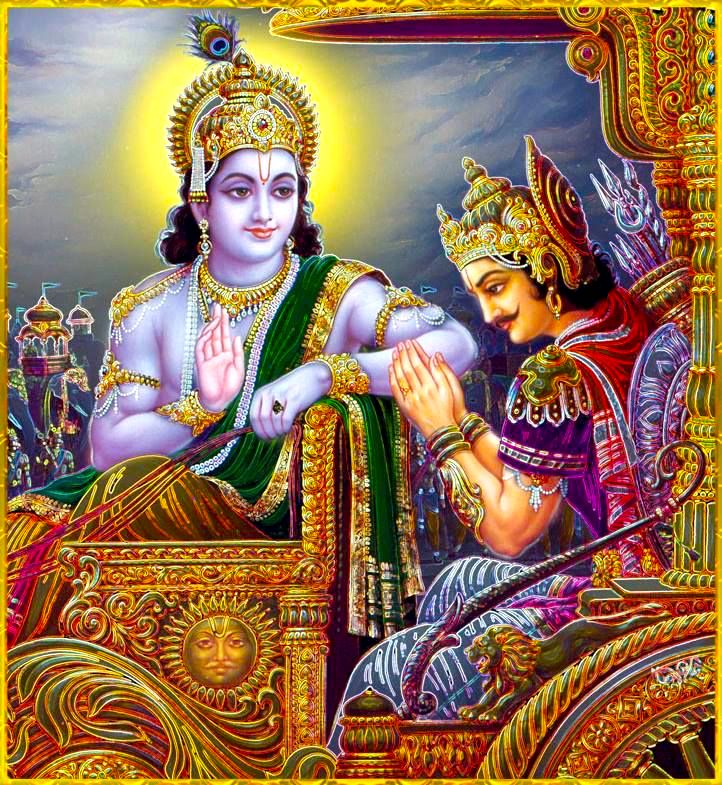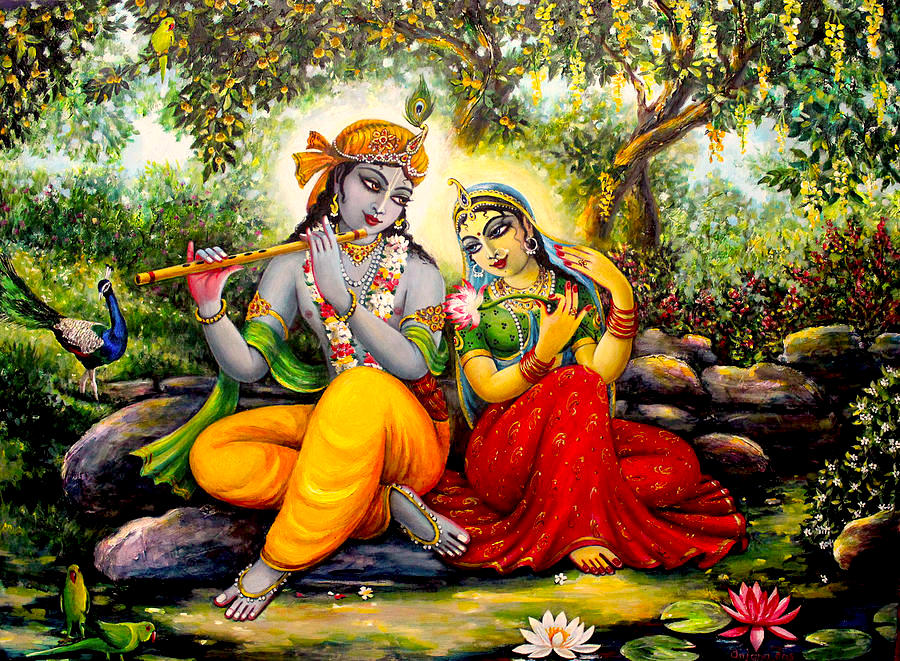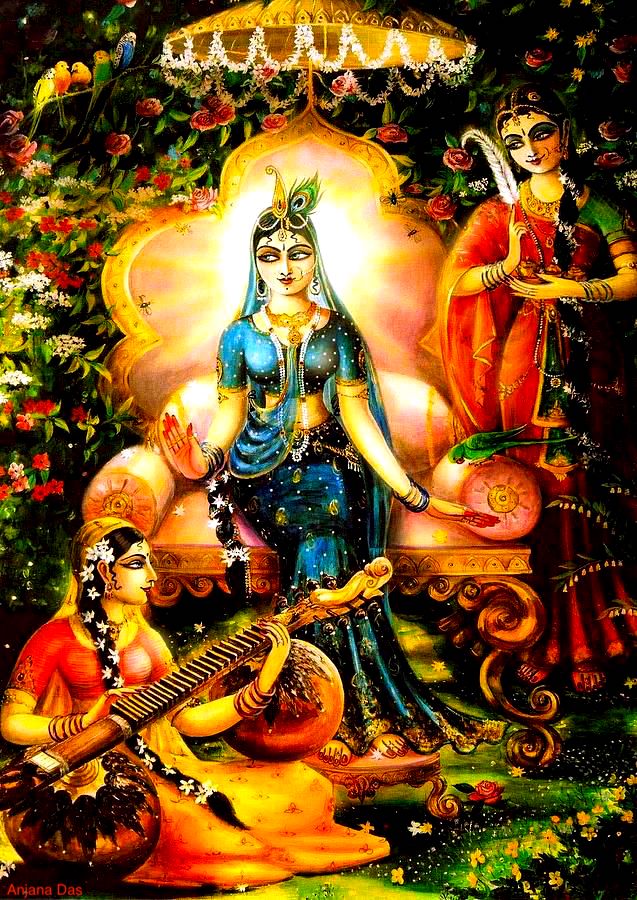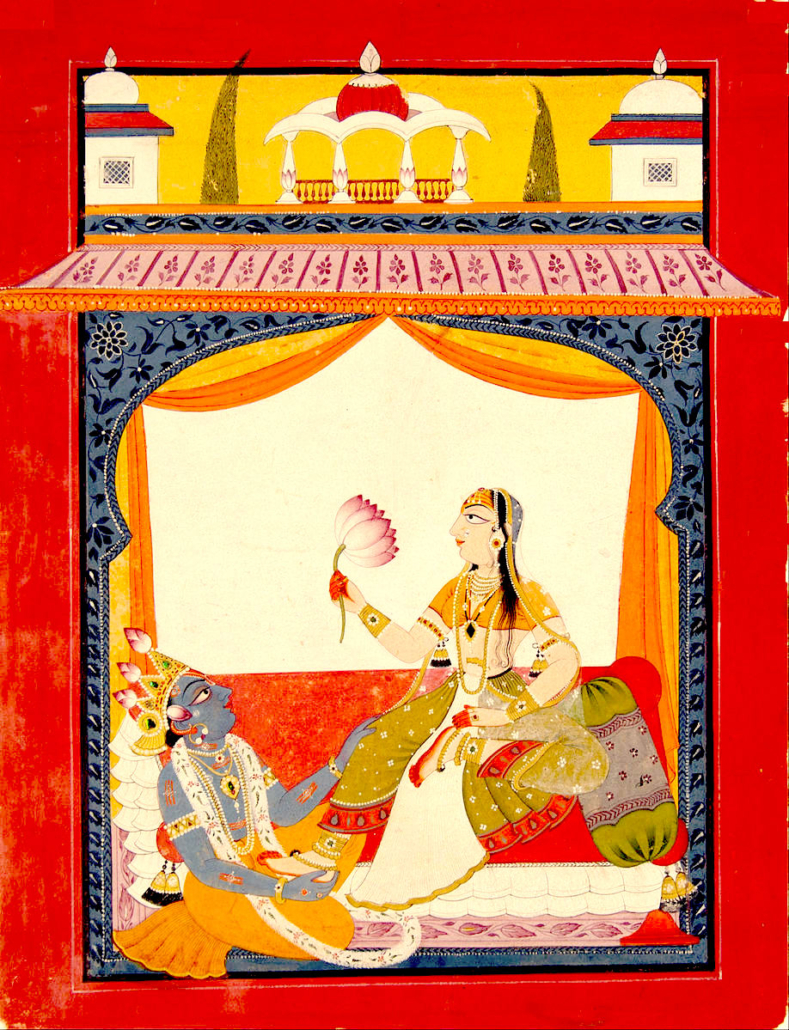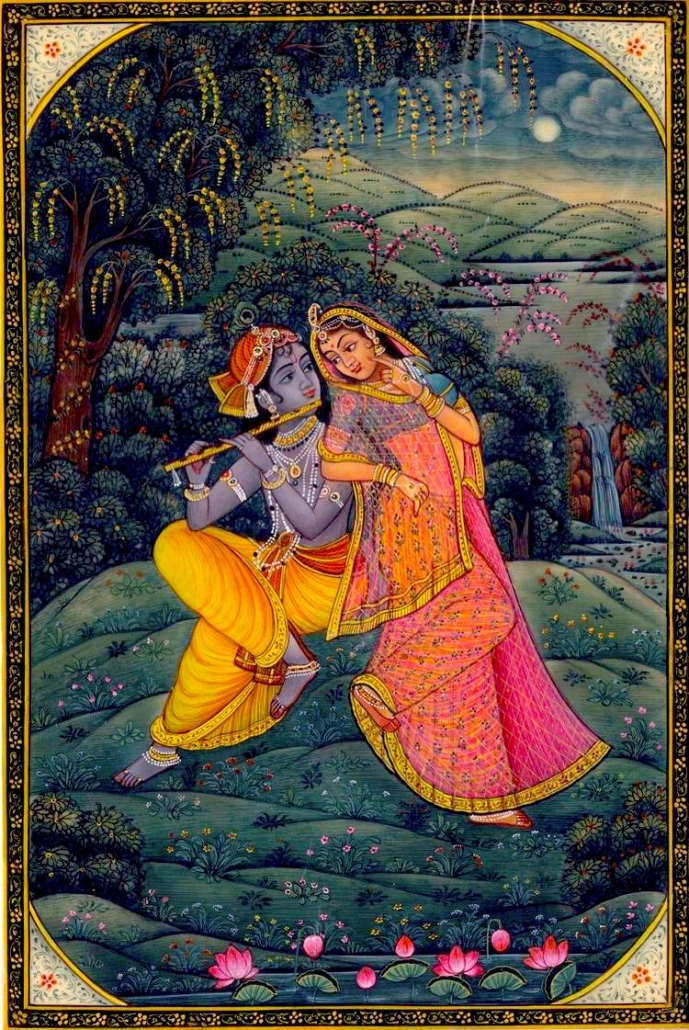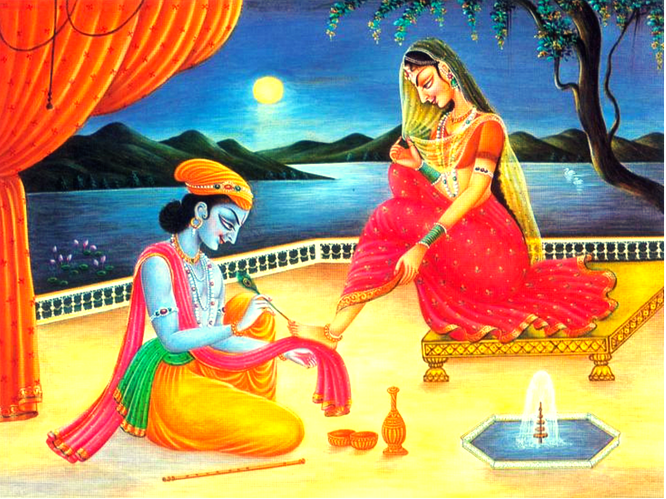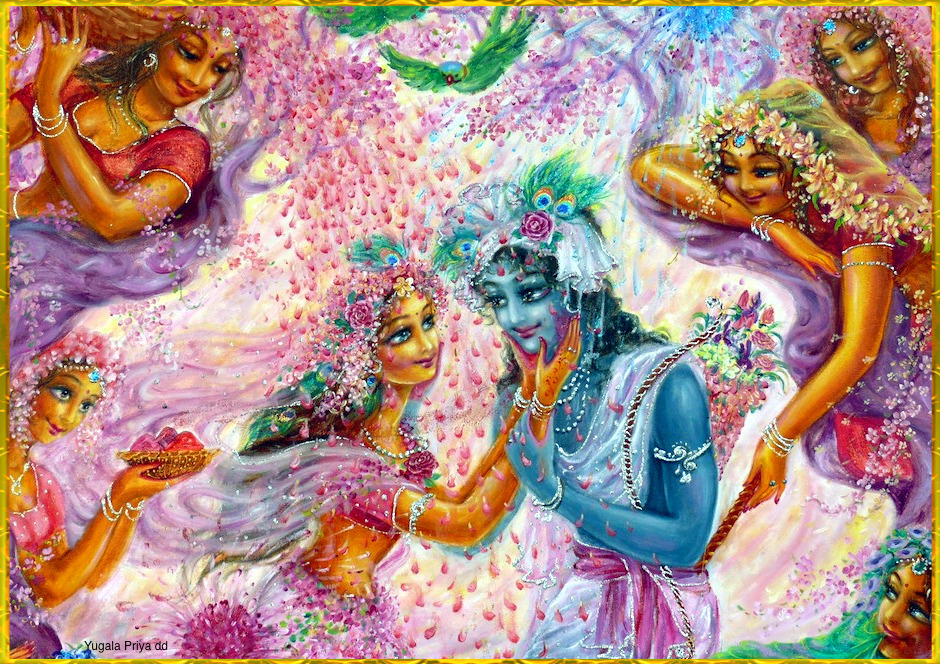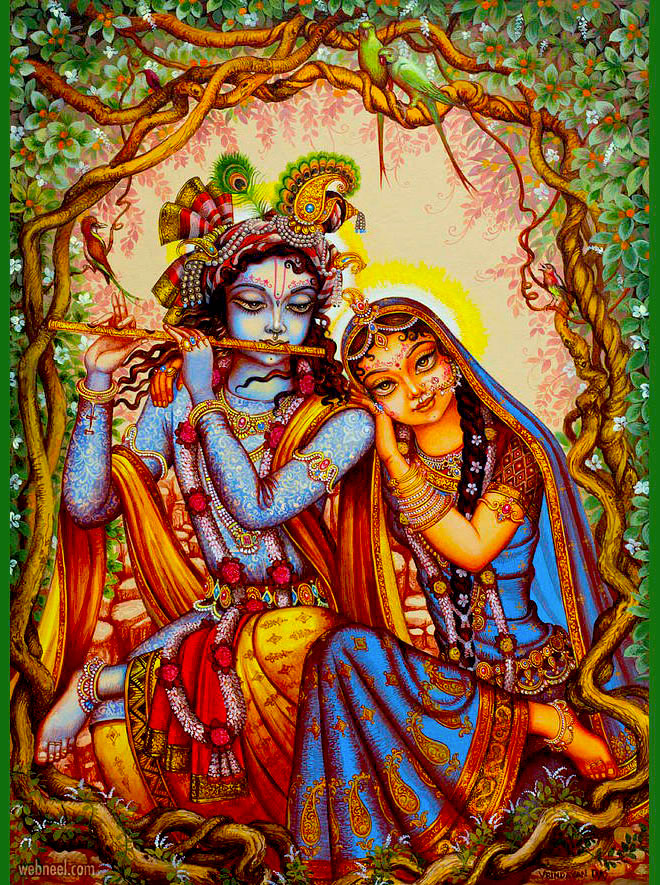Mahanidhi Madan Gopal Das
Dear devoted friends and students.
Jai Jai Sri Radhe!
Please be happy knowing that Sri Guru and Sri Krishna are always beside you to protect, guide and love you.
We want to share some Krishna conscious philosophy to help everyone deal with the fear surrounding today’s pandemic. This presentation has three parts; 1- cause of fear; 2- conquering fear; 3- overcoming fear of death.
CAUSE OF FEAR
Fear is part of material existence. Fear is based on insecurity and due to worrying about the future. Actually all fears boil down to the basic fear of death. It is only when one identifies oneself with the external material body that one fears death.
Fear is therefore due to ignorance of one’s real identity. Surely a fearful situation stirs up emotions within the body of a devotee, but a devotee relates to these emotions in a Krishna conscious manner.
CONQUERING FEAR
We can conquer fear by constantly analyzing the spiritual truth. Krishna arranges fear of death for a transcendental purpose: it should inspire us to turn to Krishna and take shelter in Krishna. In one sense fear is a state of mind. Factually there is nothing to fear, since Krishna guarantees protection to all souls surrendered to Him.
Rani Kunti prayed that fearful conditions would come to her again and again so that she would remember Krishna again and again. A devotee becomes peaceful through transcendental knowledge. One who understands the meaning of life, knows that death is simply a change of body. For a devotee, however, the greatest fear is to forget Krishna, or to somehow lose the opportunity to serve Krishna. This should be our only worry and fear.
When one surrenders to Krishna in love, material fearfulness goes far away. Trust in Krishna overcomes all fear.
Overcoming fear and becoming free from worry is the subject of the Gita’s opening lines, where Sri Krishna admonished Arjun and told him not to lament (Bhagavad Gita 2.11). And in his concluding words, Krishna stresses exclusive worship in surrender unto Him. By this one will overcome all fear. One whose heart is saturated with faith in Krishna’s closing instruction in Gita will be fearless.
sarva-dharman -parityajya
mam -ekam -sharanam -vraja
aham -tvam –sarva -papebhyo
moksha -yishyami -ma -shucah
Sri Krishna says, “Forgoing all religious injunctions, take exclusive shelter in Me. I will deliver you from all sinful reactions. DO NOT FEAR!” (Bhagavad Gita 18.66).
If we have any fears, we can remove them by perceiving the love in Krishna’s voice as He speaks this verse to the grief stricken devotee Arjuna and to all of us. Trust in Krishna’s love requires no reasoning and vanquishes all fear.
When we come to understand that we are eternal, we will no longer identify with the body and have nothing more to fear. Thus fear can be defeated by knowledge of Sri Krishna and our dependent relationship with Krishna. A devotee is confident and fearless in this world, because even the prospect of death won’t interrupt one’s loving exchanges with our beloved Shyamsundar. If our minds are always fixed on our merciful Sri Krishna, we have nothing to fear!!!
DEATH THE ULTIMATE FEAR
Actually there is no death for the spirit soul, but due to our absorption in the identification of body as self, the fear of death develops. When one is fully convinced that one is not the body, there is no question of fearing death, since the spirit soul never dies.
For one who knows that the body is temporary and the soul eternal, what meaning does death have? Death is simply a change of dress. A devotee who takes shelter of merciful Krishna has nothing to fear. Even if the devotee dies, Krishna being kind upon His dear servant, either brings the devotee to Goloka Vrndavana or arranges a good next birth for serving Krishna again.
Krishna states in Bhagavad Gita (8.5), “And whoever at death remembers Me alone at once attains Me. Of this there is no doubt.” A devotee is never afraid of death because one is always secure, being protected by the lotus feet of Bhagavan Sri Krishna.
As Sri Krishna says in Bhagavad Gita (9.31), kaunteya pratijanihina me bhaktah pranasyati: “My dear Arjuna, you may declare publicly that My devotee will not be vanquished under any circumstances.”
So why be in anxiety about whether you live or die. If you live, what will you continue to do? Krishna bhakti bhajan! And if you die, what will you do? Krishna bhakti bhajan! A devotee is established in Krishna consciousness not body consciousness. Because devotees have knowledge of the next life they are never in anxiety.
So relax my devoted friends, and be peaceful knowing that Sri Krishna’s invincible loving arms are wrapped around you in an eternal embrace of friendship and protection! Just go on practicing bhakti bhajan with redoubled enthusiasm and sincerity. Keep your faith strong by trusting Sri Krishna’s words in Gita.
And live your days serving Shyam with joy in your hearts and smiles on all your pretty faces.
Jai Jai Sri Radhe!

